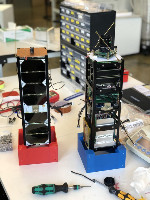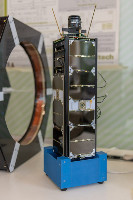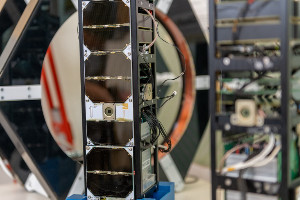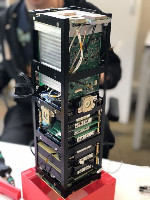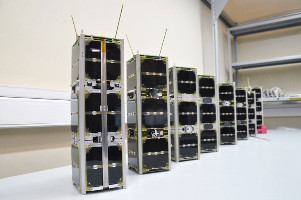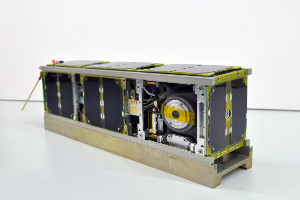| Name | SKOLTECH-B1 (R0AJU-1, Space-PI 9, Space π) |
|---|---|
| Type | CubeSat |
| Units or mass | 3U |
| Mass in kg | 4.159 kg |
| Status | Reentry 2024-11-27. Was operational (As per on SpacePI website last checked 2022-12-26) |
| Launched | 2022-08-09 |
| NORAD ID | 53379 |
| Deployer | 12U Deployer [Aerospace Capital] |
| Launcher | Sojuz |
| Organization | Skolkovo Institute of Science and Technology (Skoltech) |
| Institution | University |
| Entity type | Academic / Education |
| Headquarters | Russia |
| Manufacturer | AIVT by Sputnix |
| Operator | Sputnix |
| Oneliner |
Development of long-range inter-satellite communication technology, monitoring of cosmic radiation and gamma-ray bursts. |
| Description |
16 different satellite missions within the framework of the Space-PI project with the participation of students and schoolchildren. |
| Results | |
| Notes | |
| Sources | [1] [2] [3] [4] [5] [6] [7] |
| Photo sources | [1] [2] [3] [4] [5] |
| COTS subsystems |
|
| On the same launch |
Last modified: 2024-12-14
